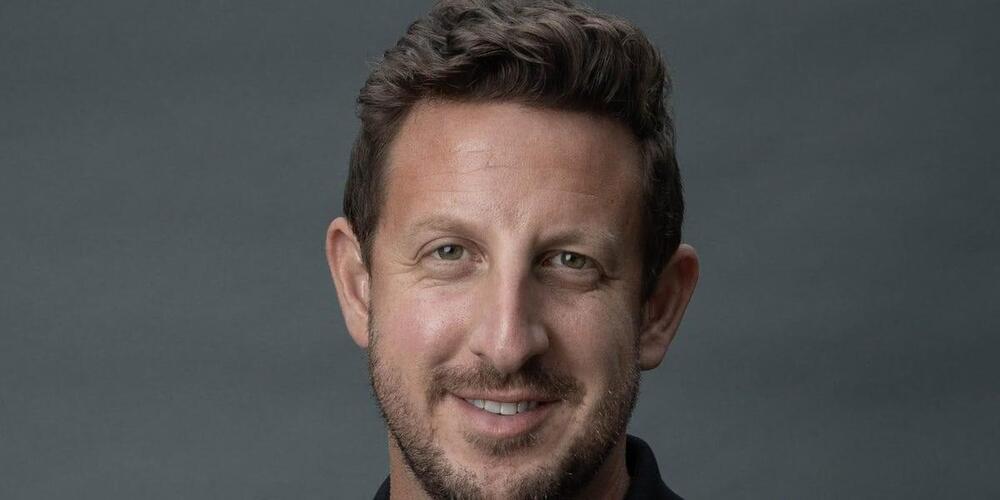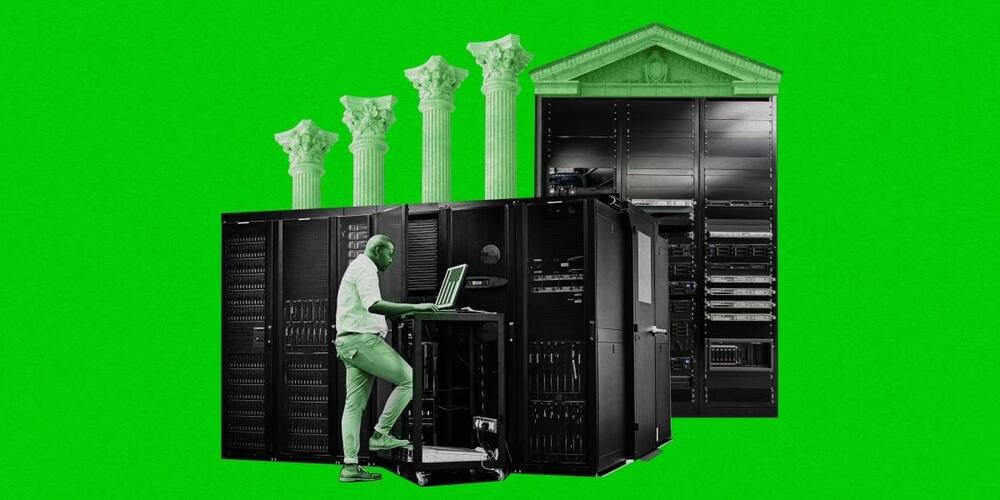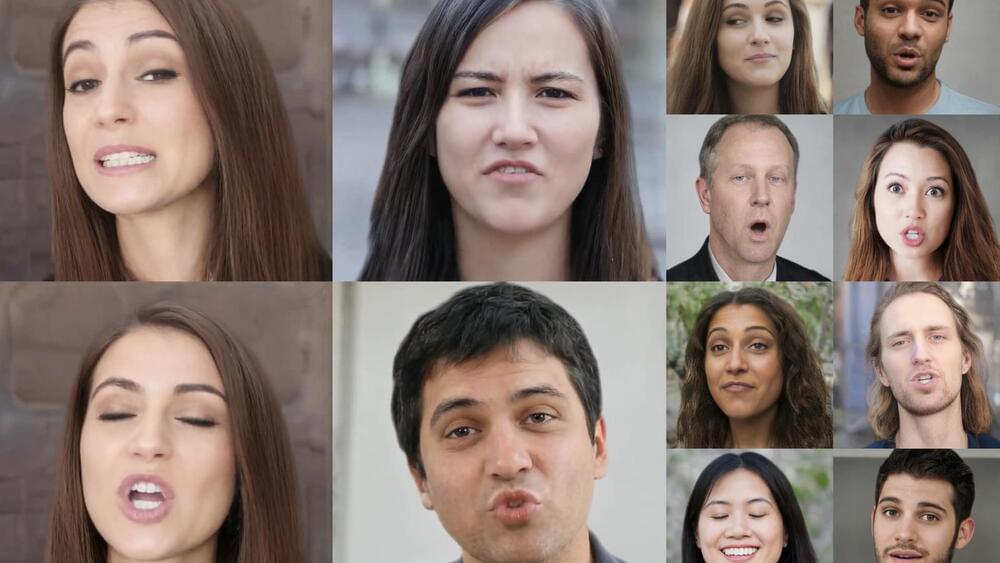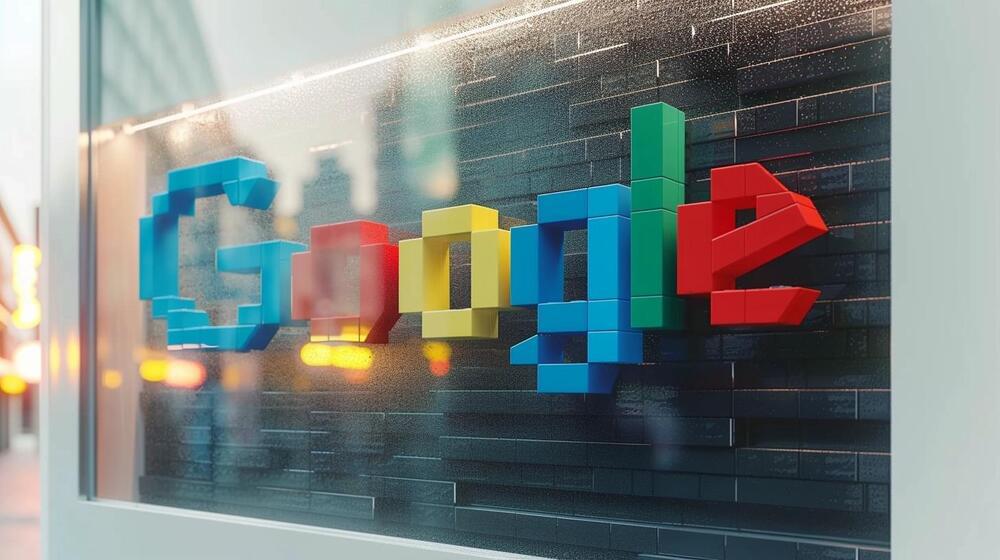Humanoid robots are robots that resemble and act like humans. Typically engineered to imitate authentic human expressions, interactions and movements, these robots are often outfitted with an array of cameras, sensors and, more recently, AI and machine learning technologies.
While more humanoid robots are being introduced into the world and making a positive impact in industries like logistics, manufacturing, healthcare and hospitality, their use is still limited, and development costs are high.
That said, the sector is expected to grow. The humanoid robot market is valued at $1.8 billion in 2023, according to research firm MarketsandMarkets, and is predicted to increase to more than $13 billion over the next five years. Fueling that growth and demand will be advanced humanoid robots with greater AI capabilities and human-like features that can take on more duties in the service industry, education and healthcare.






